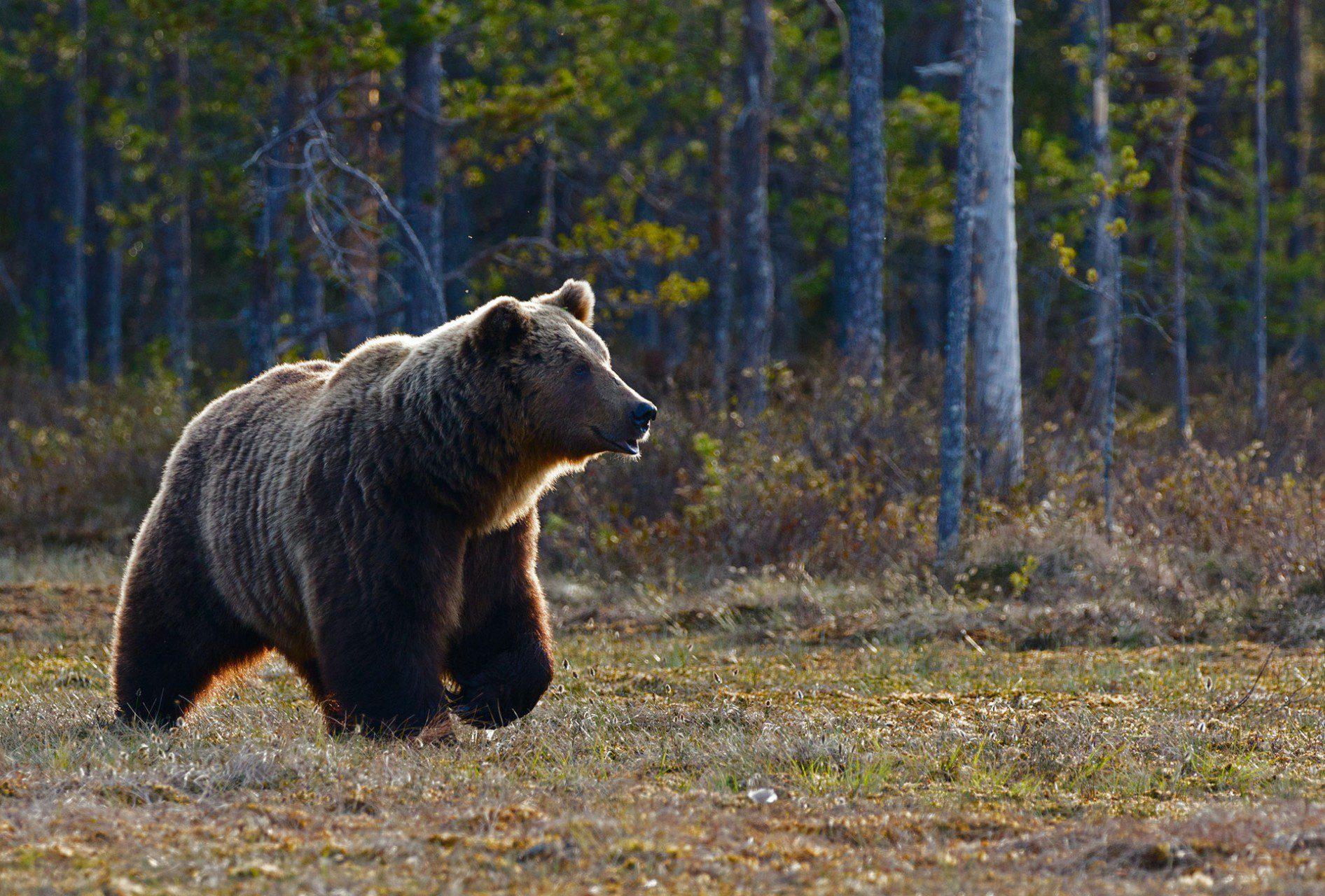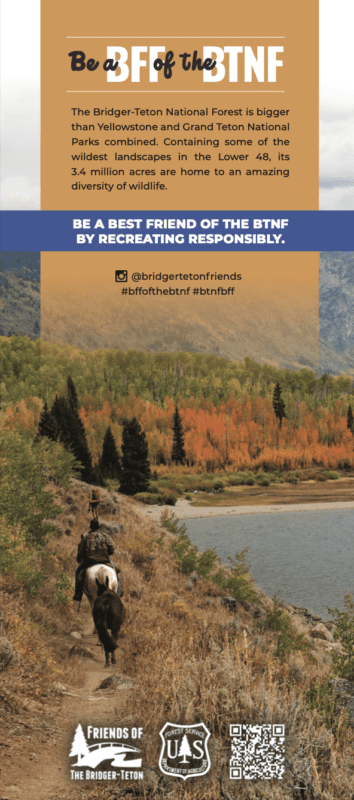See animals as wild as the landscape.

The BTNF is an instrumental part of the 15+ million Greater Yellowstone Ecosystem. You might have heard or read that the GYE is one of the last intact temperate ecosystems in the world; if you haven’t heard this, know that the GYE is one of the last intact temperate ecosystems in the world. This fact is just as remarkable as Yellowstone National Park being home to half of the world’s geysers. An “intact ecosystem” is one in which all of the animals that existed prior to the arrival of European explorers and settlers still live.
Centuries ago, moose, wolves, bison, elk, eagles, sandhill cranes, trumpeter swans, grizzly and black bears, bighorn sheep, bald eagles, elk, and mountain lions lived on or migrated through the lands that is now the BTNF … and all of these species still live wild on the forest today. The BTNF supports 355 species of birds, 6 species of reptiles, 74 species of mammals, 6 species of amphibians, and 25 species of fish, including the magnificent and endemic Snake River fine-spotted cutthroat trout.
Wildlife watching is one of the least physically demanding activities you can do on the BTNF, but carries some of the highest consequences, not only for you, but also for the animals.






